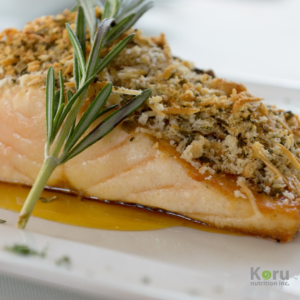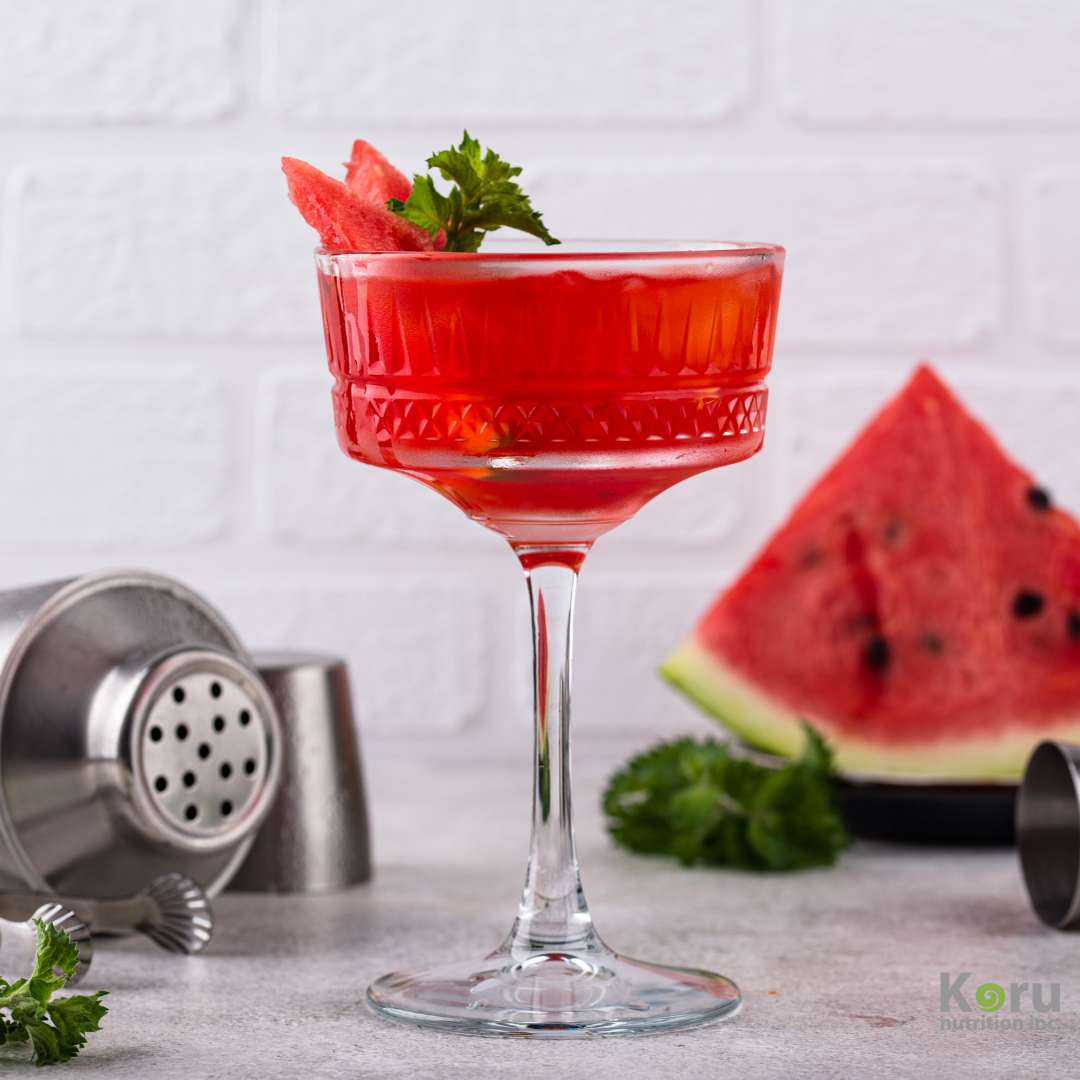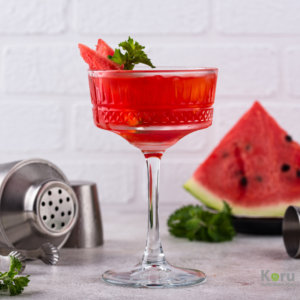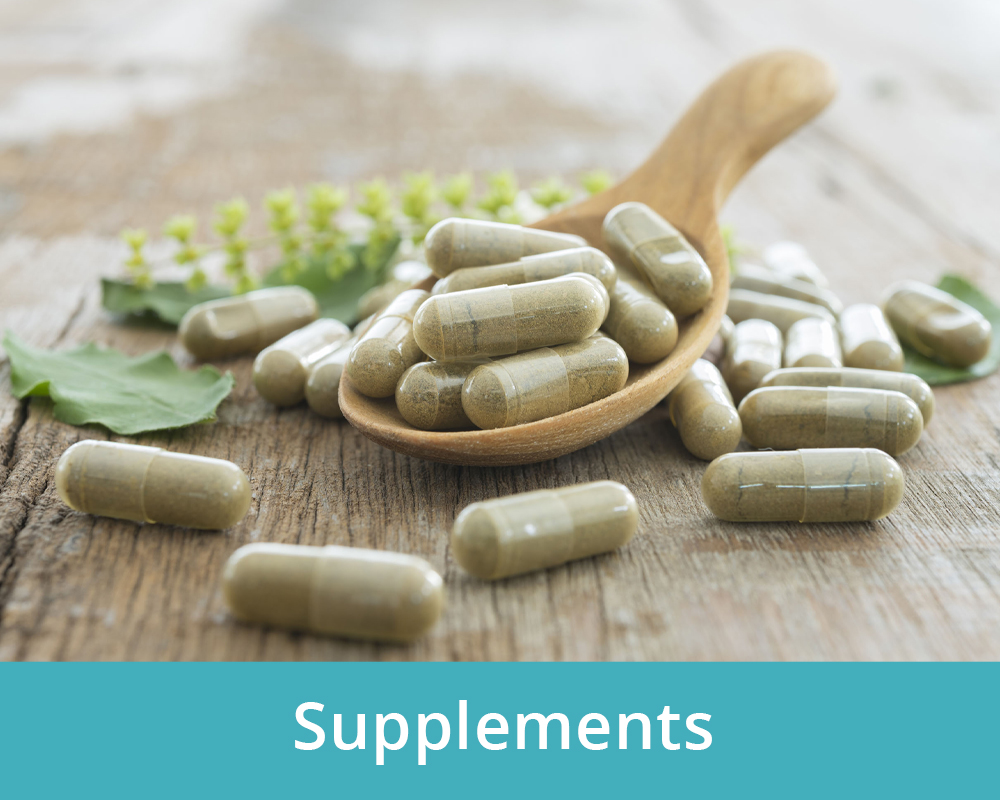
Sweet Potato Spinach Frittata

A Nutrient-Packed Dish for Radiant Skin and Overall Wellness
Discover a delicious and nutritious way to elevate your health with our Sweet Potato Spinach Frittata. This dish is brimming with ingredients that promote glowing skin and offer a myriad of other health benefits.
Not only is it a treat for your taste buds, but it also supports your well-being from the inside out.
Glowing Skin
Your skin’s health is closely linked to what you eat, and this frittata is crafted to enhance your skin’s natural radiance. Sweet potatoes are rich in beta-carotene, which the body converts into vitamin A. This vitamin is vital for skin repair and regeneration, helping maintain a smooth, youthful appearance. Sweet potatoes also contain antioxidants that protect the skin from free radical damage and premature aging.
Spinach, another star ingredient, is packed with vitamins and minerals essential for healthy skin. It provides vitamin C, crucial for collagen production, which keeps your skin firm and reduces the appearance of fine lines and wrinkles. Additionally, spinach is a good source of vitamin E, an antioxidant that shields the skin from oxidative stress.
Eggs, included in this frittata, offer high-quality protein necessary for skin repair and rejuvenation. They also contain biotin, a B vitamin that supports skin health by promoting cell growth and maintaining skin moisture. Olive oil, used in cooking the frittata, is a fantastic source of vitamin E and healthy fats, further supporting skin hydration and health.
Heart Health
Heart health is another significant benefit of this Sweet Potato Spinach Frittata. The monounsaturated fats from the olive oil help reduce levels of ‘bad’ LDL cholesterol while increasing ‘good’ HDL cholesterol, crucial for maintaining healthy cholesterol levels and reducing the risk of heart disease.
The fiber content from the sweet potatoes and spinach also plays a vital role in heart health. Fiber helps to lower cholesterol levels and supports a healthy heart by reducing the risk of heart disease. Including these heart-healthy ingredients in your diet makes this frittata an excellent choice for those aiming to support their cardiovascular health.
Digestive Health
A healthy digestive system is essential for overall well-being, and this frittata is packed with fiber to keep your digestion running smoothly. The sweet potatoes and spinach contribute significantly to the high fiber content of this recipe, adding bulk to the diet and helping to prevent constipation while promoting regular bowel movements.
Eggs provide protein, supporting the growth and repair of the gut lining, which is vital for maintaining a healthy digestive tract. Olive oil aids digestion by promoting the absorption of fat-soluble vitamins and reducing inflammation in the gut.
Immune System Support
Supporting your immune system is key to maintaining overall health, and this Sweet Potato Spinach Frittata is packed with immune-boosting ingredients. Spinach is an excellent source of vitamin C, a powerful antioxidant that helps protect your body against free radicals and supports a healthy immune system. Vitamin C is also crucial for the production of white blood cells, essential in fighting off infections.
Garlic, included in this recipe, has been shown to boost the immune system and help combat illness. It contains compounds like allicin, which have antimicrobial properties and can enhance immune function. Sweet potatoes also provide vitamin A, which supports immune function by maintaining the health of the skin and mucous membranes, the body’s first line of defense against pathogens.
Conclusion
Incorporating this Sweet Potato Spinach Frittata into your diet is a delicious and effective way to support your skin, heart, digestive, and immune health. The combination of nutrient-rich ingredients provides a variety of health benefits, making it a perfect addition to a balanced diet. Enjoy this frittata as a hearty breakfast, a light lunch, or a satisfying dinner. Your body and skin will thank you for it!

Sweet Potato Spinach Frittata
Ingredients
- 1 tbsp Extra Virgin Olive Oil
- 1 1/2 Sweet Potato (medium, peeled and cut into small cubes)
- 3 cups Baby Spinach (chopped)
- 4 Eggs (whisked)
- Sea Salt & Black Pepper (to taste)
- 2 cups Egg Whites
Notes
- Preheat the oven to 400°F (204°C).
- Heat the oil in a cast-iron skillet (or another oven-safe pan) over medium heat. Add the sweet potato and cook, stirring occasionally, for about 10 minutes or until the potatoes are just tender. Add the spinach and stir until wilted.
- Season the whisked eggs with salt and pepper then pour the eggs into the pan with the vegetables and let the eggs cook for about 30 seconds or until they just begin to set before gently stirring with a spatula to ensure the vegetables are well incorporated into the eggs. Transfer the skillet to the oven.
- Bake for 10 to 12 minutes or until the eggs have set and are firm to the touch in the center of the pan. Let it sit for about five minutes before cutting into wedges. Serve and enjoy!

















